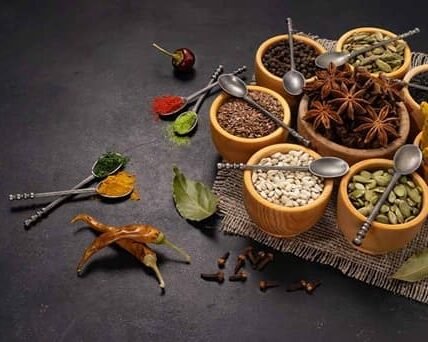Dal is what keeps our stomachs full and hearts happy. You will find the red masoor dal in kitchens all over India, with each region cooking it in a varied manner. Hence, when shopping for groceries, this humble dal is a constant in every household.
Different Types of Masoor Dal Recipe Across India

Masoor dal might look simple, but cooks across India have different ways to make it special. Let’s check out how people from different places cook this red lentil.
● Bengali Masoor Dal
Bengalis prepare a light and flavourful masoor dal recipe with distinctive tempering. They use panch phoron (a mix of five seeds) and sometimes a pinch of sugar for balance. The consistency is typically thin enough to mix perfectly with steamed rice.
● Punjabi Masoor Dal
In Punjab, the masoor dal recipe is hearty and rich. Cooks simmer it with a generous amount of onions, tomatoes, ginger and garlic, then finish with a tadka of cumin and dried chillies. The result is creamy, filling dal that warms you from the inside. Many Punjabi households top their dal with a spoonful of ghee before enjoying it with rotis.
● Gujarati Sweet and Sour Dal
Gujarati approach to masoor dal recipe is uniquely balanced between sweet and tangy flavours. Cooks add lemon juice or tamarind for sourness and jaggery or sugar for sweetness. This delightful contrast makes their dal truly special. When shopping groceries, Gujarati families make sure to include jaggery and tamarind alongside their lentils.
● South Indian Masoor Dal
Southern Indian kitchens transform masoor dal with fresh coconut and aromatic curry leaves. Their tempering typically includes mustard seeds that crackle in hot oil, along with dried red chillies and asafoetida. Some recipes incorporate vegetables like drumsticks or small onions. This variation pairs wonderfully with rice or dosas for a complete meal.
● Maharashtrian Amti Dal
Maharashtra’s special masoor dal recipe is called amti, distinguished by its complex flavour. What makes it unique is the addition of goda masala, a special spice blend specific to Maharashtrian cooking. Kokum provides a pleasant tanginess, while a touch of jaggery balances with heat from chilies. When shopping groceries for authentic amti, Maharashtrian cooks always include goda masala and kokum in their baskets.
Health Benefits of Masoor Dal
Masoor dal isn’t just delicious, it’s incredibly nutritious. It’s packed with plant-based protein, making it excellent for muscle development and repair. The high fibre content helps digestion and keeps you feeling full longer.
Masoor dal is also rich in iron, which supports healthy blood production and prevents anaemia. When shopping for groceries for healthy meal options, masoor dal should definitely top your list for its impressive nutritional profile.
Conclusion
The masoor dal recipe changes as you move from east to west and north to south in India. Each region transforms this simple lentil into something special with local spices and cooking techniques.
Some versions are spicy, others tangy or sweet, but all are comforting and nutritious. Try experimenting with different masoor dal recipes in your kitchen, you might discover a new favourite that brings the flavours of India to your dining table!

Santosh Kumar is an editor at unfoldstuffs.com and a professional content writer. With years of experience he is passionate for creating engaging, informative and impactful topics.








